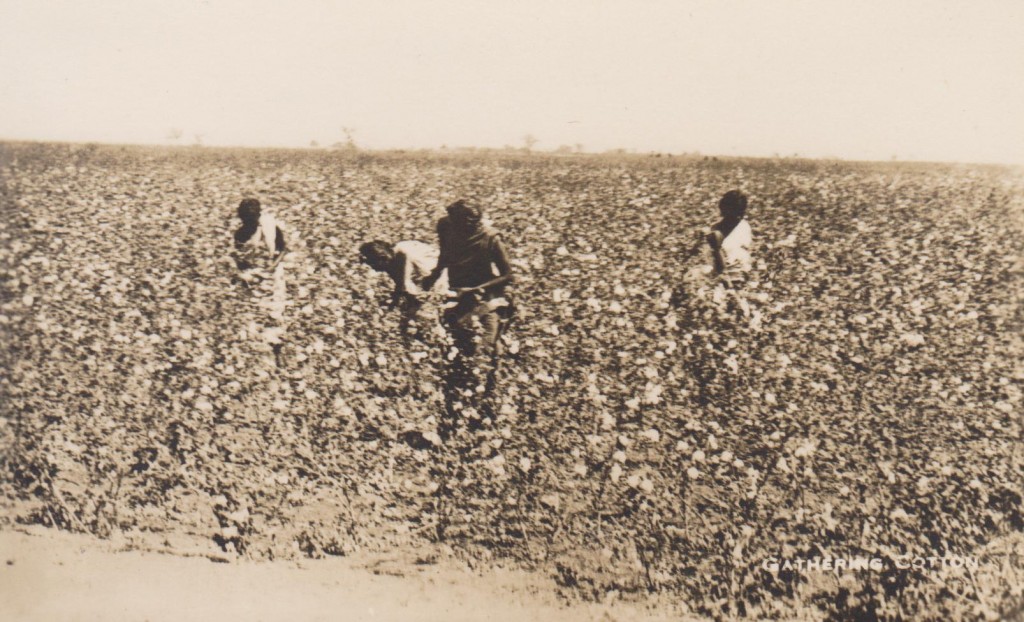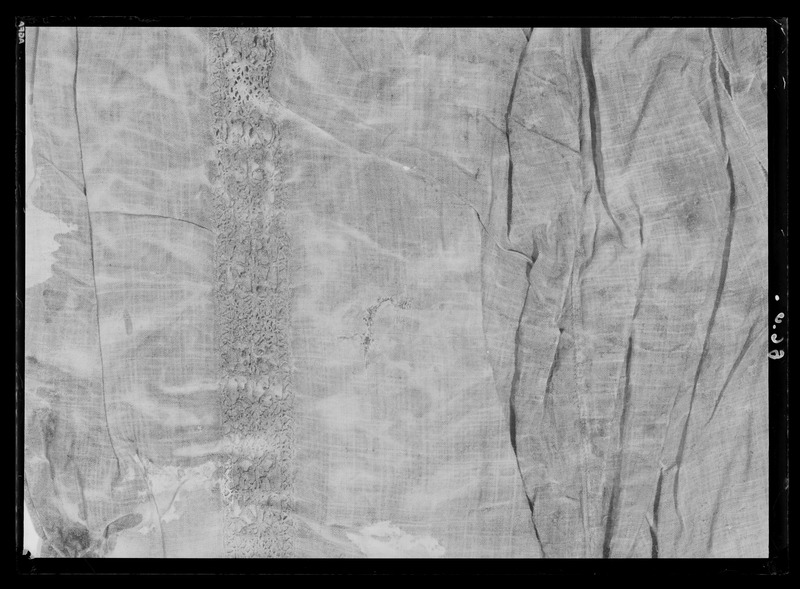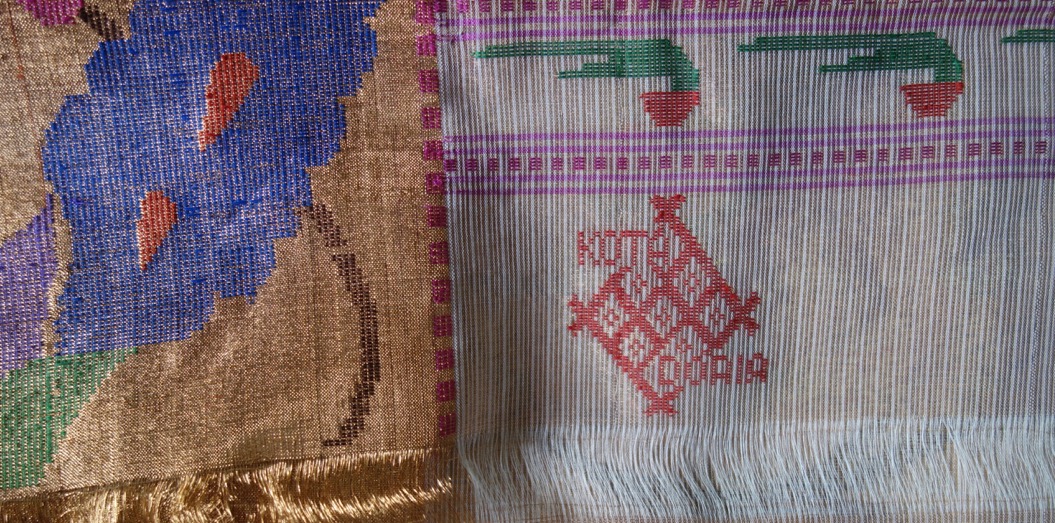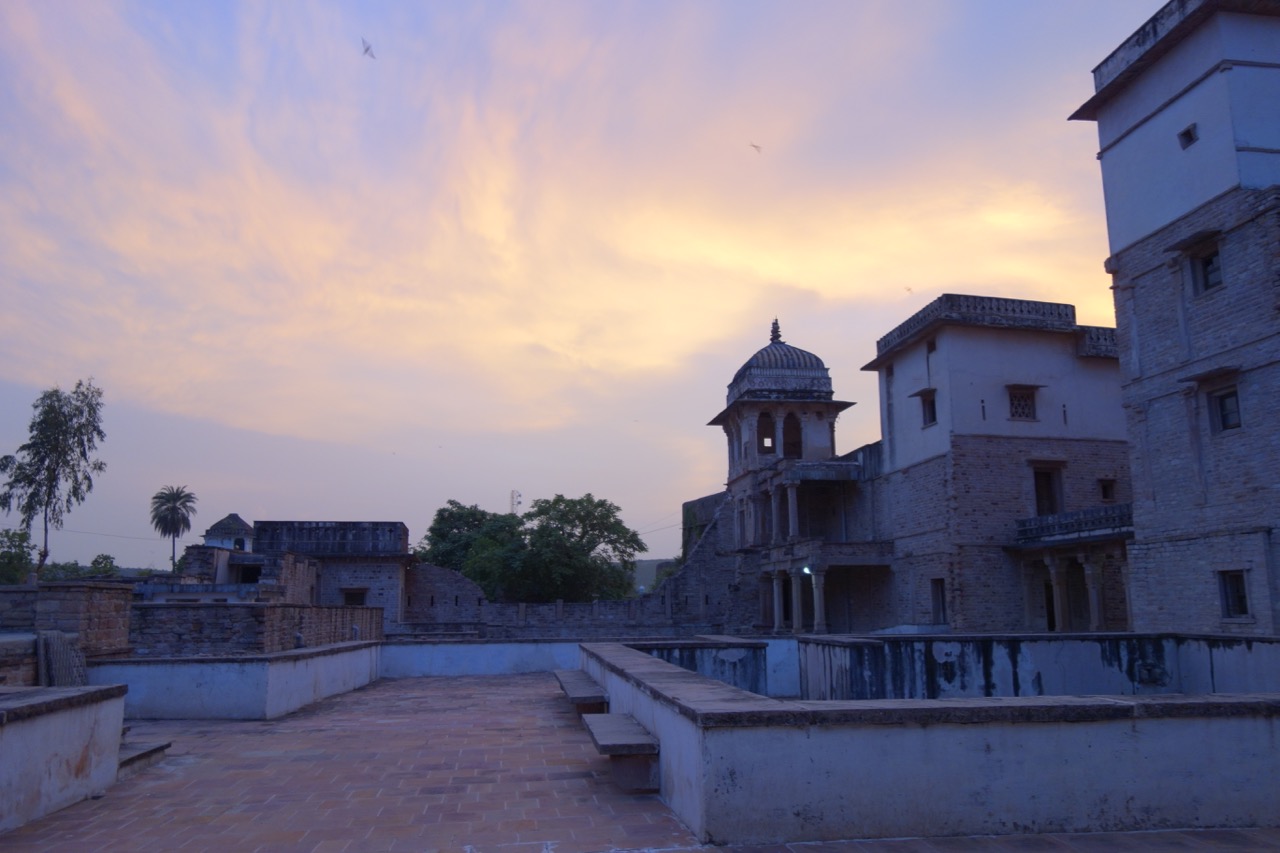As we are approaching the much crazed about London Olympics, textiles, crafts and historic artefacts feature widely in the Cultural Olympiad programme. Global Threads which includes both the Cotton exhibition at The Whitworth Art Gallery in Manchester and Asian Textiles and Fashion Today at The Harris Museum in Preston. So far I have just managed to visit the Cotton exhibition. The curators were certainly grappling with a huge and diverse subject. Even though most people might not think twice about cotton, it has been essential for human’s everyday life, from wearing, sleeping in and living in, to its use in medicine and cosmetics. The importance of cotton as a commodity means it is central to world-wide trade, and its manufacture and trade has played a big role in global capitalism, historically largely on the back of labour exploitation. The subjects raised in this exhibition link closely to my previous blog discussing the social life of textiles.
The displays go sporadically from art textiles such as Aboubakar Fofana‘s striking installation of indigo dyed ‘trees’ or totems and Grace Ndiritu’s videos which show the artist wrapping, concealing and revealing her body creating tensions with the fabric and stimulating emotional responses from the viewer; to exhibits on sustainable and eco-friendly cotton used by brands such as Howies and People Tree. There is also historic textiles on display such as fragments of block printed textiles unearthed in Cairo – evidence of a rich trade in textiles along the Indian Ocean, and Mughal ruler Tipu Sultan Sahib’s tent, disappointingly displayed flat rather than in its tent form. The chintz print of the tent is strongly reminiscent of the trade in textiles with the East India Company to the Coromandel Coast in India.
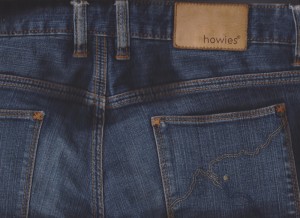
The exhibition wasn’t quite as captivating as I’d expected, mainly because I think they tried to cover a bit much. The subject matter is one worthy of numerous exhibitions, and even in one big exhibition links could be forged more obviously from one sub category to the next. However, the individual artists’ pieces and installations were fascinating, and did encourage thinking more closely about the multiple sides to cotton in an artistic, economic, social and ecological way.

